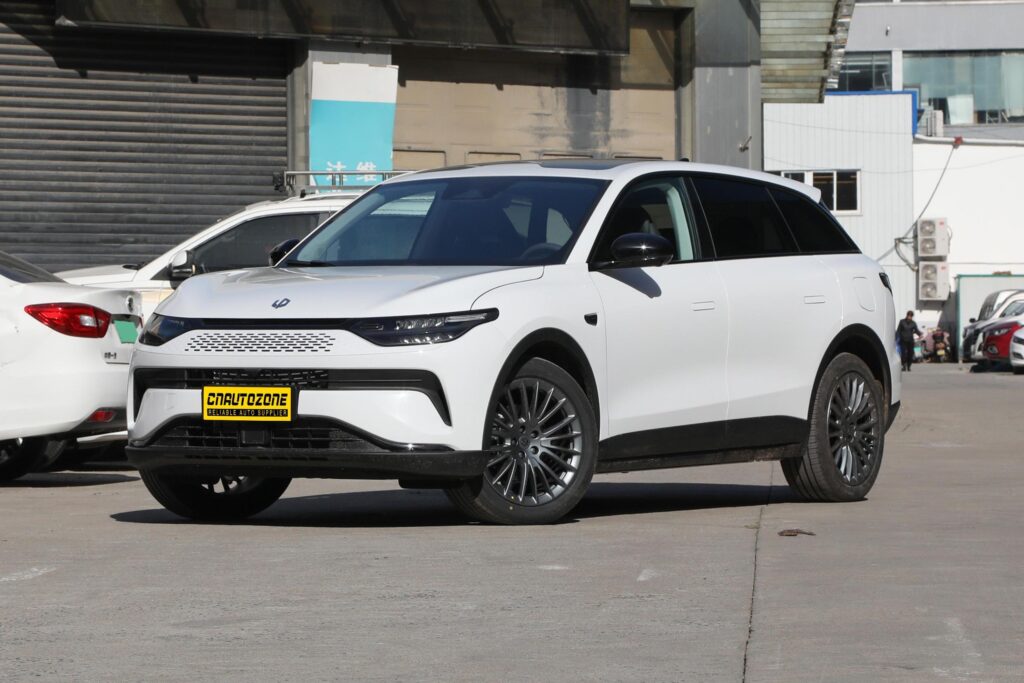Electric vehicles (EVs) are transforming the automotive landscape, promising a cleaner, more sustainable future. As these vehicles gain popularity, so too does the need for efficient and reliable charging solutions. Among various charging standards available globally, CHAdeMO has emerged as a pivotal technology, particularly popular among electric car manufacturers and users. In this blog post, we will delve into what CHAdeMO is, its operational mechanics, benefits, and its implications for the future of electric vehicle charging.

What is CHAdeMO?
CHAdeMO is a fast-charging protocol initially developed in Japan in 2010. The name “CHAdeMO” is derived from the phrase “CHArge de MOve” which translates to “charge for moving.” This standard was created to facilitate the quick charging of electric vehicles, allowing drivers to significantly reduce charging time compared to conventional AC charging methods.
CHAdeMO technology is compatible with DC (direct current) charging, which provides a higher power output than alternating current (AC). This capability is crucial for fast charging stations that can restore a vehicle’s battery at a rapid pace—typically, CHAdeMO can charge many EVs at rates of 50 kW but can reach up to 400 kW with newer iterations and next-generation technologies.
How Does CHAdeMO Work?
The CHAdeMO charging process begins when the vehicle is physically connected to a CHAdeMO-compatible charging station via a specialized plug. Here’s a step-by-step breakdown of the process:
- Vehicle Communication: Once connected, the vehicle and the charging station engage in a dialogue through the communication protocol established within the CHAdeMO framework. This communication helps ensure that the charging station identifies the vehicle type and its current state of charge.
- Charging Configuration: Based on the information received, the charging system allocates an appropriate amount of power for charging. Adjustments may also be made concerning the battery’s temperature and existing charge level to ensure safe and efficient charging.
- Current Supply: The CHAdeMO station dispenses direct current (DC) directly to the vehicle’s battery. This method bypasses the vehicle’s onboard charger, which typically only processes AC power, allowing for more rapid energy transfer.
- Monitoring: Throughout the charging process, the vehicle continuously communicates with the charging station to monitor the battery’s condition, optimizing power delivery, and preventing potential hazards such as overheating.
- Completion: Once the vehicle reaches the desired charge level or the maximum safe charging time elapses, the system automatically terminates the charging process, allowing the driver to safely disconnect.
Key Benefits of CHAdeMO Charging
The CHAdeMO standard offers numerous advantages that contribute to its growing presence in the EV charging infrastructure. Here are some notable benefits:
1. Speed and Efficiency
One of the primary benefits of CHAdeMO is its ability to deliver fast charging. Many CHAdeMO stations can achieve an 80% charge in approximately 30 minutes, reducing downtime significantly compared to traditional AC charging. This swift turnaround makes it particularly appealing for long-distance travel and urban drivers who need a quick recharge.
2. Wide Compatibility
Initially, CHAdeMO was predominantly used in Japanese market vehicles, such as the Nissan Leaf and Mitsubishi Outlander PHEV. However, its popularity has expanded globally, with various manufacturers supporting the standard. As of now, numerous EV brands—including Kia, Citroën, and Honda—offer CHAdeMO-compatible models, making it a versatile option for electric vehicle owners.
3. Established Infrastructure
As one of the earliest established fast-charging standards, CHAdeMO significantly benefited from an early investment in infrastructure. Many public charging stations worldwide are equipped with CHAdeMO connectors, providing a widespread network for users. This expansive support network reduces range anxiety for EV drivers, allowing them to travel longer distances confidently.
4. Vehicle-to-Grid (V2G) Capability
CHAdeMO’s technology supports bidirectional charging, enabling a Vehicle-to-Grid (V2G) functionality. This allows electric vehicles to not only draw power from the grid but also return energy back to it. This capability can play a vital role in stabilizing the grid, especially during peak demand times, and can incentivize EV owners to become active participants in energy management.
The Future of CHAdeMO in a Rapidly Evolving EV Landscape
While CHAdeMO has positioned itself as a prominent player in electric vehicle charging, it is imperative to acknowledge the evolving landscape of charging standards. The emergence of the Combined Charging System (CCS) has introduced additional competition, particularly in the European and North American markets. CCS is increasingly gaining traction due to its ability to support both AC and DC charging in one connector.
However, CHAdeMO is not standing still. The latest version of the CHAdeMO protocol—known as CHAdeMO 2.0—has seen updates that include higher charging speeds (up to 400 kW) and enhanced communication capabilities. As the demand for electrification grows, CHAdeMO is positioning itself to remain a relevant choice for stakeholders in the EV ecosystem, whether OEMs, charging station operators, or users.
Conclusion
CHAdeMO has made a significant contribution to the advancement of electric vehicle charging, providing a reliable and fast-charging solution that meets the needs of various users. Its compatibility, speed, established infrastructure, and future-focused innovations ensure its place within the broader ecosystem of electric mobility. As we move towards a sustainable future, understanding the intricacies of standards like CHAdeMO will be crucial for making informed choices about EV ownership and infrastructure development.
As the debate over charging standards continues and new technologies emerge, CHAdeMO will likely remain an integral part of the EV charging landscape. Ensuring efficient, accessible charging solutions is essential to building a robust electric vehicle network, paving the way for a cleaner, greener future for everyone. cnautozone car expert

